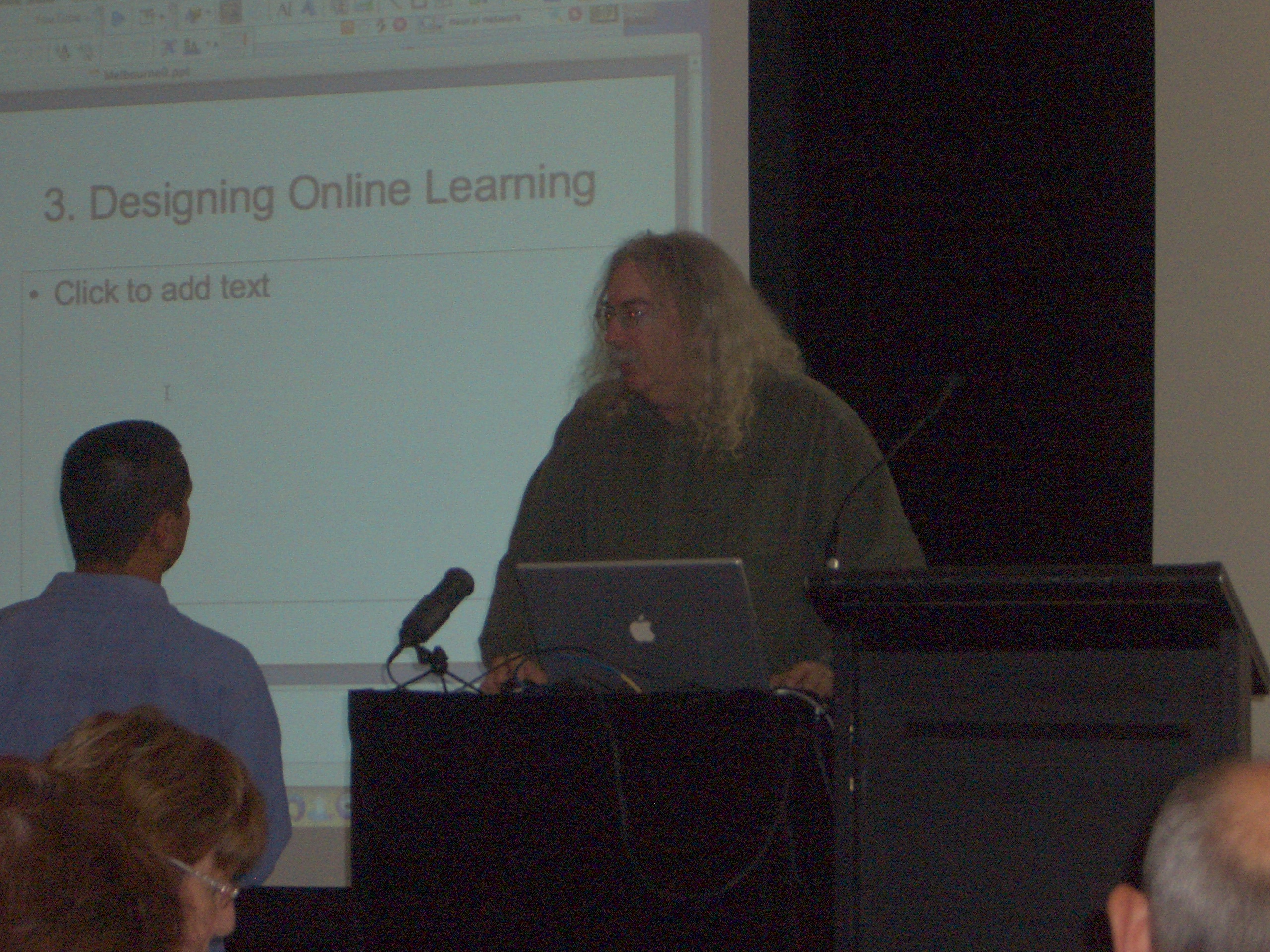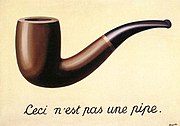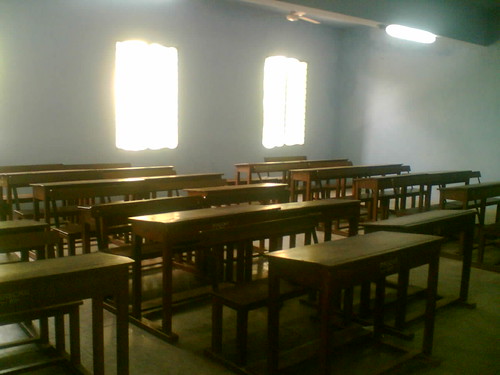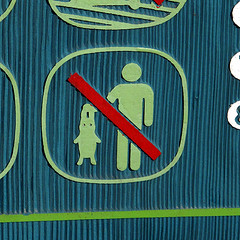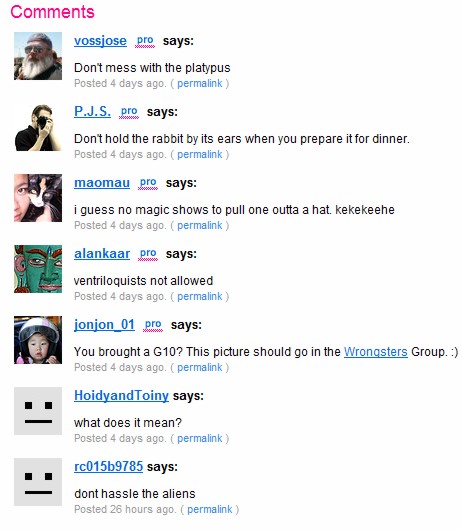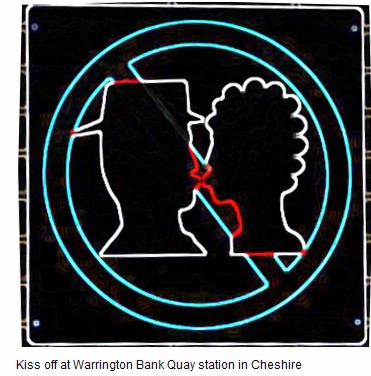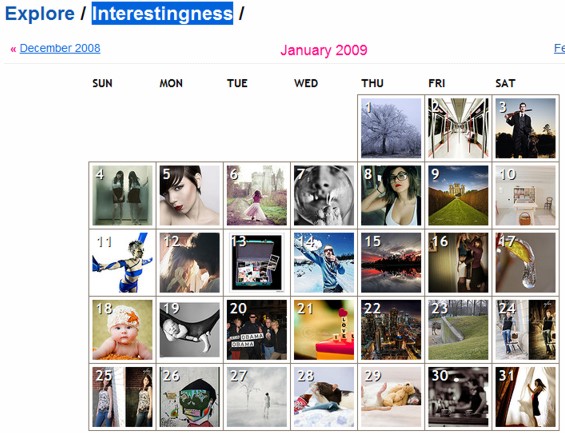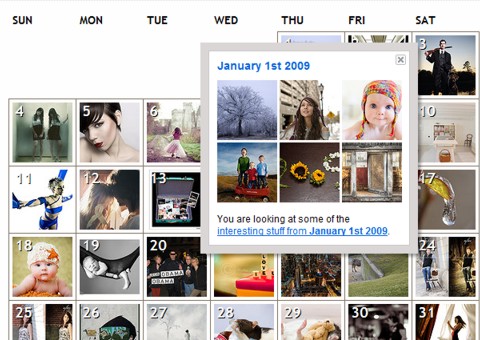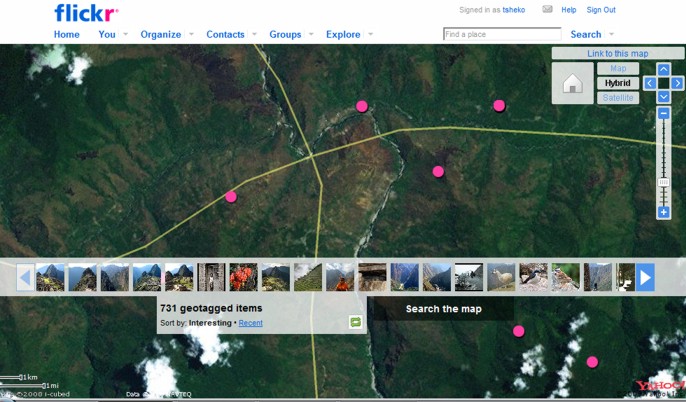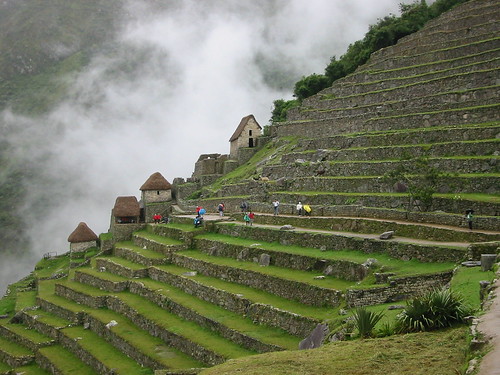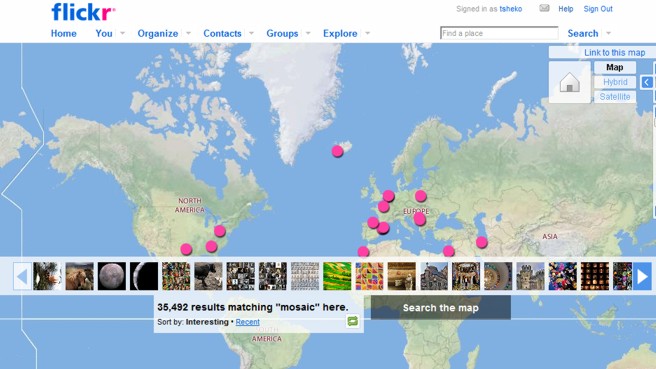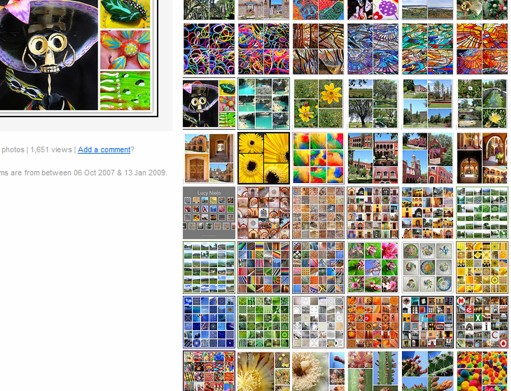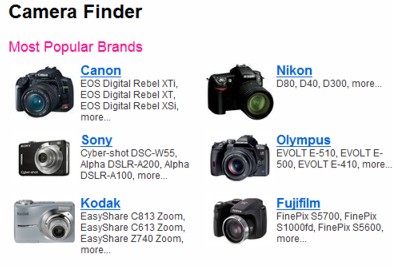
I’ve been reflecting about teaching – you know, the existential part – what’s it all about, what are our essential aims as teachers, how do we connect to students individually and as a group to engage and stimulate meaningful and creative learning? The usual.
Often I think about how I learn. I imagine myself as the student sitting in the classroom listening to the teacher and participating in the lesson. It’s easy for me to do this when I’m teaching collaboratively, and I can do that as a teacher librarian. The beauty of coming into a class as a teacher librarian is that I’m not the principal driver, and so I have a certain distance conducive to reflection which can be very satisfying. It’s not unusual to experience a cloud of ideas during the lesson, although these are not always fully formed ideas as much as reactions and hunches. More challenging is taking the time to record these ideas, reflect on them, and come up with planned solutions.
The one class that I teach collaboratively on a regular basis is an English class with possibly one of the best teachers I have met. This teacher’s leitmotif and driving conviction is ‘It’s not about what you teach them, it’s the connections you make’. Absolutely. If you don’t connect to the student, they haven’t picked up. If they haven’t picked up, they’re not going to hear anything you say. And once they pick up, they need to want to stay on that line. And that’s all about a personal connection. The teacher I’m referring to makes the positive connection with each individual student, and then goes on to create the group connection. This really is the best learning scenario – a student who’s happy with the relationship with his/her teacher, feeling accepted, acknowledged, liked, respected, and also confident as an accepted member of the class. This is where learning can take place. If you look into a classroom you can immediately see where this is happpening and where it is not. We’ve all seen it before: the class where students look distracted, bored, all looking in different directions, eyes switched off, and the class where facial expressions are turned on, students are bursting to contribute, focussed discussion or activity is taking place.
It is the affective domain that may be overlooked in teaching. It’s easily done; you have the curriculum content to cover, and you focus on delivering the material while keeping the class in order. It would be good to take a look at Blooms affective taxonomy, and I’m going to re-blog Kent Manning’s excellent post for this purpose.
Most educators are familiar with the traditional Bloom’s Taxonomy, but what I didn’t know, or had forgotten from my EDUC 101 days is that Mr. Bloom developed a taxonomy for the affective domain as well.
Let me explain.
Our school district has a “Growing with Character” system goal so when I happened upon Bloom’s Taxonomy of Affective “Transformation” it caught my eye.
It goes like this:
Level 5: Internalizing Values
Character acts on value systems as an individual, rather than in response to group expectations; uses teamwork effectively, values others for their intrinsic merit rather than external qualities.
Level 4: Organization
Character prioritizes values, resolves conflicts, develops personalized value system; balances freedom and responsibility and accepts standards of moral behavior.
Level 3: Valuing
Character demonstrates belief in a value system that manifests itself in solving problems for others and in valuing cultural and individual differences.
Level 2: Responding to Phenomena
Character participates in solutions, works with a team, helps others.
Level 1: Receiving Phenomena
Character listens to others respectfully.
Source: Bloom, Krathwohl, & Masia, 1964.
The dominant words in Bloom’s affective taxonomy are ‘values’ and ‘valuing’. With citizenship as the focus, the real learning takes place not within the facts and information themselves, but in the evaluation of these facts. We’re teaching the students as people and future citizens of the adult world, more than we are teaching information.
As always, I value people’s comments and look forward to hearing from you.

![Reblog this post [with Zemanta]](http://img.zemanta.com/reblog_e.png?x-id=dd9ba1b7-c973-4b7b-bbbc-db661c7dfac4)
